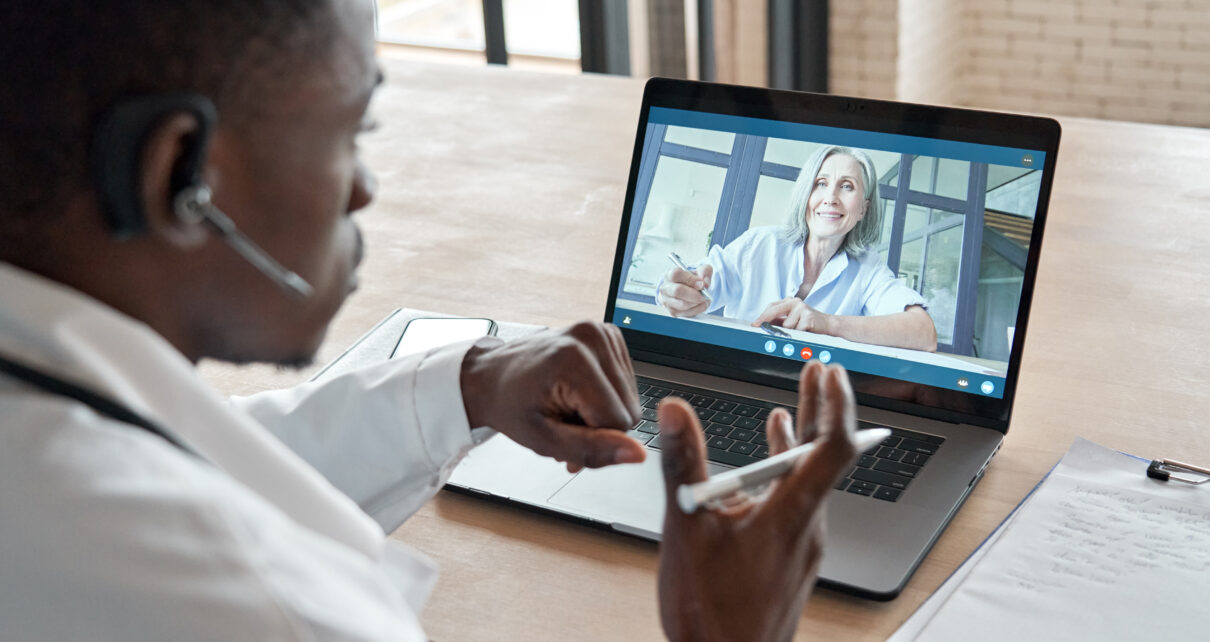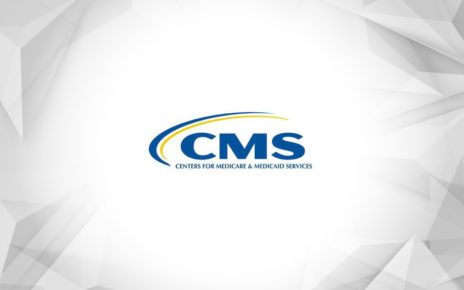“We have one client in Salt Lake,” said Connected Home Living CEO Neil Tantingco. “We call her around 7:00 p.m. at night when she goes to bed. You wouldn’t know it to look at her, but this patient had a horrible car accident and was left with severe brain damage. We watch her take the right medication, make sure she’s eating properly, and ask her if she locked the doors, turned off the stove and used the bathroom.” On top of that, shared Tantingco, Resident Care Coordinators took turns having virtual lunch dates with the patient since she missed dining out and would swap stories about friends and relatives.
Neil, tell us about your Virtual Caregiving program.
Initially, we started a private duty company on our assisted living side to service patients at home who were waiting to move in. Many people can’t afford private duty caregiving 24 hours a day – typically it’s more like 4 or 8 hours. So often times they end up going back to the hospital. So we started blending telehealth with live care, so even when there’s no caregiver at the premises, we can check in with the patient to capture vitals, give them reminders, and ask key questions about their chronic ailments. If there’s an issue, the system lets us know and prompts our remote care coordinators to call in to their preferred device.
Video calling is key, because when you converse with a patient over the phone, sometimes they do a fantastic job of masking their situation so you might not get the full picture. But when you see them live on video you can say, “Hey Mrs. Smith, what’s that nick above your left eye?” Or you can see if they are struggling with breathing challenges.
The new safety and behavioral monitoring component includes a motion sensor and contact sensors on the door, so we’re able to passively and unobtrusively monitor the situation in the home without having anyone physically there. For instance, perhaps Mrs. Smith’s activity level was high three weeks ago, but the following week it slowed by 30 percent and this week its down by another 20 percent. So based on this trend, the chances of falls will be likely the following week, so we can now be proactive about adding more physical care or improving her strength. Or set up an appointment with a doctor and find out what we can do based on these data points we’re seeing. The system uses artificial intelligence and machine learning to study those behaviors for the first week and then analyzes those patterns.
Why do you think some patients are so reticent about openly discussing their symptoms?
My mother and my in-laws are on telehealth. When red flags are identified they’re assigned a remote care coordinator that validates those red flags. And so I get a report from the remote care coordinator despite having conversations with all three of them that everything is fine. So I ask, “Why isn’t this coming straight from you?” They say ‘we don’t want to burden you.’ We know you’re super busy and don’t want to add to your plate. I think that’s very common.
How did the Weekend Tuck-In program originate?
The Tuck-In program was created because we noticed a rash of rehospitalizations happening on the weekend – and we found that many of them were avoidable. So on top of the survey questions we ask about their health, we ask them four additional questions that can spawn a series of activities. We ask do you have enough meds to last you through the weekend, enough supplies and food, how’s your comfort level and pain level, and do you have any upcoming doctor’s appointments. If they say yes, we’re running out of meds, we have a whole protocol where we contact the physician to make sure we get that prescription approved and in the hands of that patient before the weekend hits.
Are there any major changes coming to telehealth on the horizon?
One of the big ones is related to the Home Health industry. CMS doesn’t treat virtual visits the same way as in-person visits by nurses. So it won’t count towards their LUPA (Low Utilization Payment Adjustment), which is a set of regulations that the agency has to comply with to get reimbursed. But in 2021 that is going to change with COVID-19, since many services can now be rendered over video.


 While preventing unnecessary hospital readmissions may be their primary focus, outsource telehealth provider Connected Home Living (CHL) offers a blend of remote care health services, extended resources and vital social connection critical for isolated older adults and unique in the personalized care it extends to their clients. We sat down with their CEO to learn more about their programs.
While preventing unnecessary hospital readmissions may be their primary focus, outsource telehealth provider Connected Home Living (CHL) offers a blend of remote care health services, extended resources and vital social connection critical for isolated older adults and unique in the personalized care it extends to their clients. We sat down with their CEO to learn more about their programs.